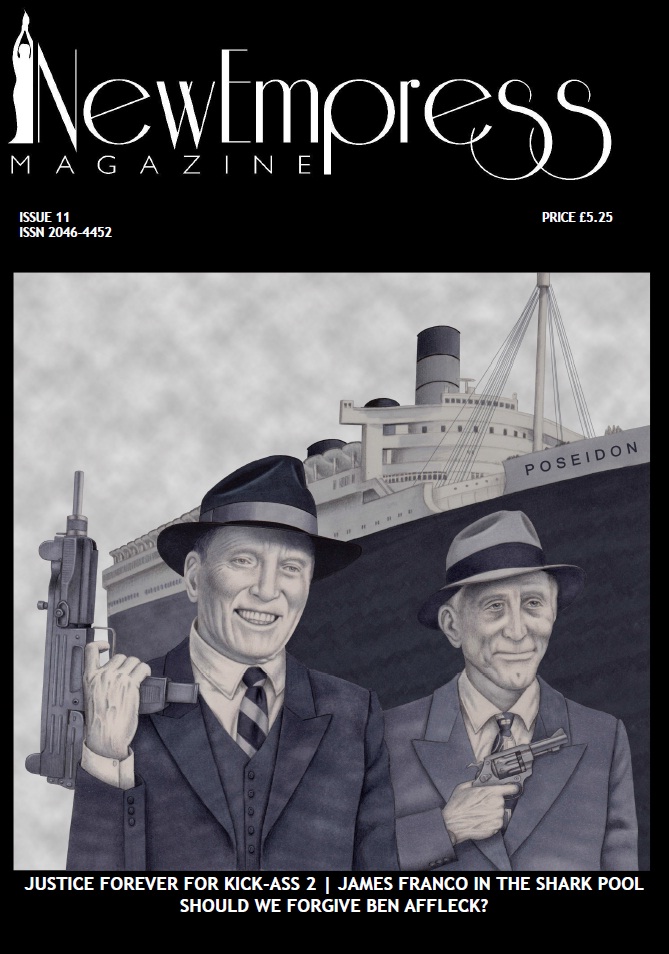For all their visceral excesses or graphic depictions of torture, most modern horror films have lost the power to shock; much of what was unacceptable to twentieth century censors and audiences is now seen nightly at cinemas. By contrast, as horror expert Kim Newman points out in the beautifully illustrated booklet that accompanies this Eureka! release, this lurid 1932 adaptation of H G Wells’ novel, The Island of Dr Moreau, is a Molotov cocktail of inflammatory taboo-shattering – one that even the author disavowed.
Secreted on a remote tropical island island, Dr Moreau’s “experimental station for bio-anthropological research” centres on The House of Pain, where the louche, whip-cracking scientist (Charles Laughton) and a disgraced, alcoholic surgeon (and ex-abortionist), Mr Montgomery (Arthur Hohl), perform sadistic, eugenic vivisection on exotic beasts. Dumped on the island by a drunken captain, who had earlier saved him after a shipwreck, straight arrow Edward Parker (Richard Arlen) is appalled by the scientist’s blithe butchery and his menagerie of mutant ‘manimals’. Yet despite his attractive blonde fiancée, Parker is seduced by the slinky, feline charms of The Panther Woman (Kathleen Burke), whose possible reciprocal attraction was earlier hoped for by her slavering creator: “Will she be attracted? Is she capable of being attracted? Has she a woman’s emotional impulses?”
So, we already have sadism, vivisection, abortion, alcoholism, bestiality and miscegenation – even in human form, Kathleen Burke’s dusky siren is Polynesian. Later, there is also blasphemy, of the kind that got James Whales’ Frankenstein into hot water with censors: “Mr. Parker, do you know what it means to feel like God?” asks Moreau. The post-Hayes Code would also have gone ape over the scene in which the brutal, gorilla-like Ouran rattles the bars of the chaste heroine’s bedroom, clearly intent on rape. And as the film reaches its climax, it looks as if Bela Lugosi’s half-man, half-beast is about to lead an insurrection that will usurp the humans’ power.
Given all of above, it is easy to see why the film was banned by the British censors from 1933, when it was declared “against nature”, until its eventual release in 1958 – with some scenes still cut. Director Erle C Kenton is no great stylist, but the location footage on Catalina Island and the vine-wreathed sets created by Hans Drier are artfully photographed by Karl Struss, who had worked on German silent films like Murnau’s Sunrise before moving to Hollywood to shoot movies such as Rouben Mamoulian’s Dr. Jekyll and Mr Hyde. Released uncut to coincide with its 80th anniversary, this lovingly restored horror classic is now rated by the BBFC as PG, for “mild violence and scary scenes.” Yet it crams so much incendiary material into its modest 70-minute running time, that its power to shock remains undiminished.



















